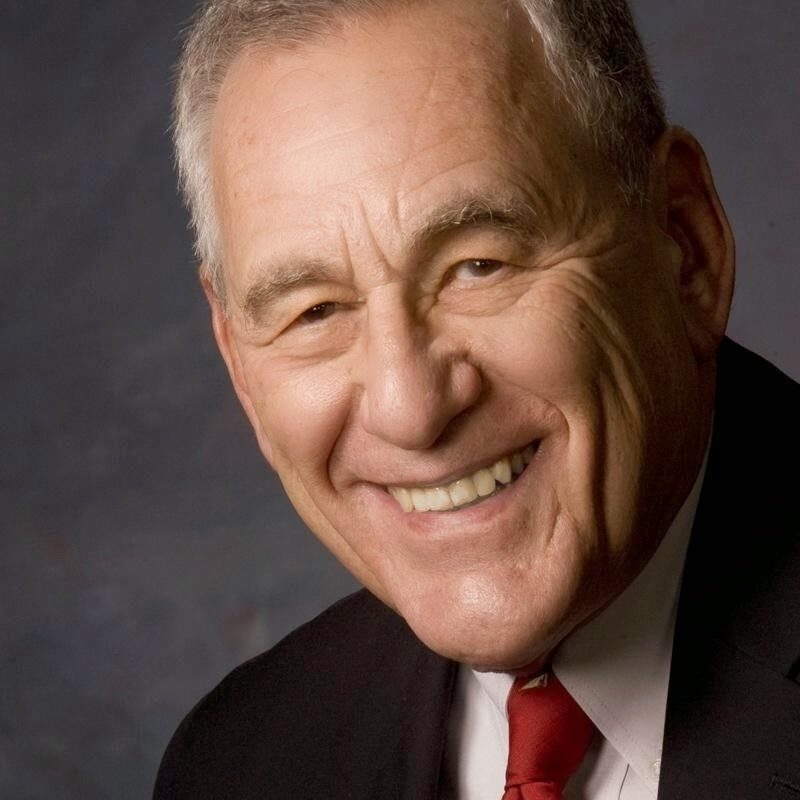The weak agreement at last week’s Glasgow climate change summit and double-digit rate increases for power and its delivery, which will be in the bills of Maine’s largest electric utility, have a lot in common.
They both showed that fighting climate change faces daunting obstacles, and comes at great cost.
Facing entrenched economic interests, the U.N. summit struggled to agree on a new target for halting a steady increase in the world’s temperature. It renewed hopes without much assurance they can be realized. It recognized that goals set just a few years ago are being missed.
Some small island nations, facing the prospect of literally going under, issued desperate pleas. For example, the government of the Maldives, a group of islands in the Indian Ocean, claimed the country could soon be drowned out of existence. Meanwhile, India, its big neighbor, refused to kick the coal habit.
Countries broadly agreed on the need to fight climate change. Who pays and how much could not be settled at a meeting of diplomats, where talk is cheap but change is not. Tougher action might come next year.
Some countries have promised to fight climate change but not kept their commitments. The dangers remain. But would American taxpayers back a seawall around the Maldives? What about helping developing countries exposed to expensive energy standards that had not applied earlier to American and European industry?
The advanced economies grew partly thanks to the use of fuels, especially coal and oil, which are readily available and major contributors to rising temperatures. Even today, U.S. taxpayers keep subsidizing oil producers, encouraging them to find more fossil fuels.
If Chinese, Indian or Australian coal production or the fate of far-away island countries seems beyond the reach of the daily lives of Americans, the issue of climate change and who pays to fight it comes home with every electric bill.
Trillions of dollars at stake
To get all electric production worldwide to come from renewable sources is estimated to cost between $8 trillion and $14 trillion. After China, the U.S. is the second-largest electricity consumer, so it faces a big bill to eliminate fossil fuel power.
When federal or state governments set out to reduce the huge American share of the total cost of reducing the effects of electric generation, they support few of their mandates with new taxes. Openly advocating higher taxes for any purpose has become politically hazardous.
Paying the cost of moving to non-polluting power is left to electric customers. Politicians get to vote for laudable environmental goals without leaving fingerprints on the bill. It encourages many of them to generously back new renewables and major power lines.
All electric service is composed of two elements: power generators and the wires needed to get the power to the customer.
Power supply prices are supposed to be set by the market, but governments can require that an increasing amount must come from renewable sources, displacing fossil fuels. As these new resources develop, customers must pay the high start-up costs, and rates increase.
It will take many decades to phase out fossil fuels. Meanwhile, their prices continue to be set without true competition. When state-market countries in the Middle East and Russia decide to manipulate prices, American oil companies, whose own costs have not increased, promptly follow the prices set by those countries.
When Mainers are told their electric supply rates will increase because of higher fossil fuel costs, they have to accept bigger bills still mostly dictated by political decisions made elsewhere. Nearing self-sufficiency in fossil fuels means little to the U.S., if Americans pay Arabian prices. And it slows reductions in warming.
Economists delete fuel from what they call “core inflation.” Inflation is supposed to show increases in production and distribution costs. Fuel prices bounce around largely free from true cost changes while reflecting the price-gouging practices of state-run economies.
The situation is even worse on the wires side of the electric business. The federal government gives utility monopolies attractive profits to build lines connecting remote renewable sources to consumers. The utilities like to build major transmission lines, paid for by end users, because doing that produces good profits.
In fact, the federal government gives utilities better profits for building high-voltage lines than the states give them for updating local delivery lines.
The effort to reduce harmful emissions and halt climate change is widely supported. If they try to accomplish more than merely making Glasgow-style promises, legislators tell regulators to shift the enormous bill onto consumers, boosting generator and utility profits along the way.
The increase in Central Maine Power and Versant bills will carry out government energy policies, both fighting climate change, and boosting oil and utility industry profits.
That may look like a rate increase, but it will really be a tax increase that nobody sees.





